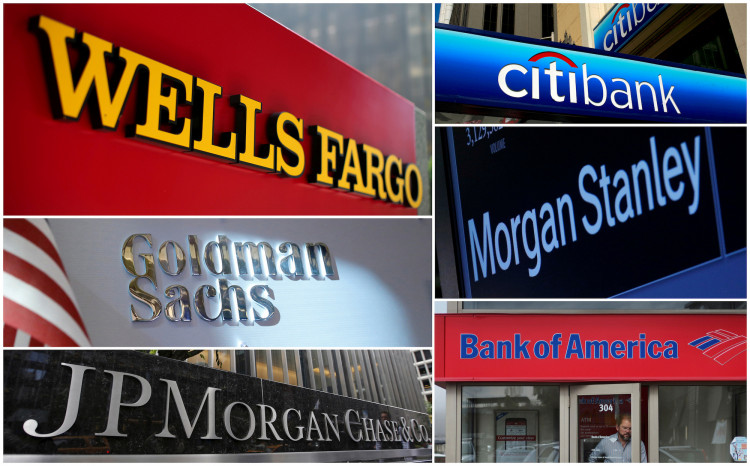Despite recent U.S. economic data surpassing expectations, filings from the banking sector reveal that, excluding JPMorgan Chase, the top five U.S. banks have collectively laid off 20,000 employees this year. The layoffs might intensify in the future. Analysts believe that, besides the high-interest rate environment increasing operational costs, a significant reason for the layoffs is the reduced rate of job-hopping among financial professionals this year, leading to an unexpected surplus in bank staff.
Due to the impact of a high-interest rate environment on loan operations, trading, and rising capital costs, filings indicate that five major Wall Street banks, excluding JPMorgan Chase, have been reducing their workforce this year. This comes after a two-year hiring spree during the pandemic. However, when the Federal Reserve began aggressively raising interest rates last year to combat inflation, major banks found themselves overstaffed due to a decline in mortgages, corporate bond issuances, and M&A activities.
Data shows that among the six major banks - JPMorgan Chase, Citigroup, Bank of America, Morgan Stanley, Wells Fargo, and Goldman Sachs - only JPMorgan Chase has seen a 5.1% increase in its workforce this year. Citigroup remained stable, while the other four banks saw reductions of 1.9%, 2.1%, 4.7%, and 5.4%, respectively.
Analysts from Janney Montgomery Scott, a U.S. financial services firm, suggest that all major banks are trying to cut costs due to increased market uncertainties expected next year. Additionally, layoffs in the financial sector might put more pressure on the U.S. labor market in 2024, with potential increases in consumer and corporate loan defaults, prompting banks to further reduce expenses.
Wells Fargo and Goldman Sachs are leading the layoffs, with reductions of 4.7% and 5.4% respectively. Both banks are currently grappling with declining revenues in key business areas.
Wells Fargo announced in January that mortgage operations would no longer be a strategic focus. The bank has already laid off 50,000 employees over the past three years as part of its cost-cutting initiative, but CFO Mike Santomassimo indicated that the downsizing is not yet complete. He mentioned that only a few business areas would remain unaffected by the layoffs and that there's still room for more cuts.
Goldman Sachs, which underwent several rounds of layoffs last year, has stated that its current size is appropriate and doesn't anticipate large-scale layoffs in the near future. However, the bank's workforce continues to decline. Last year, Goldman Sachs reintroduced its annual performance reviews, with underperformers facing potential layoffs. Insiders suggest that in the coming weeks, the bank might lay off an additional 1% to 2% of its staff.
One key reason for the widespread layoffs in the banking sector is the sharp decline in job-hopping among financial professionals, leading to an unexpected surplus of bank employees. Morgan Stanley CEO James Gorman recently pointed out the low voluntary attrition rate, calling it an "issue that needs addressing."
However, the increase in cumulative layoffs doesn't mean banks have stopped hiring. Data indicates that while Bank of America reduced its workforce by 1.9% this year, it also hired 12,000 new employees, suggesting that many departures were voluntary.
In contrast, JPMorgan Chase stands out among the big six Wall Street banks, with a 5.1% increase in its workforce this year. The bank continues to expand its branch network, invest heavily in fintech, and recently acquired the regional bank First Republic, adding about 5,000 positions. Still, JPMorgan Chase has over 10,000 job vacancies.
Analysts suggest that JPMorgan Chase's unique position is due to its preparedness for the high-interest rate environment, absorbing more deposits and increasing revenue as smaller banks struggle.
However, the latest quarterly results from the big six banks don't necessarily align with their layoff trends. JPMorgan Chase, Wells Fargo, and Citigroup all exceeded third-quarter expectations. On the other hand, Bank of America, Goldman Sachs, and Morgan Stanley, despite beating expectations, reported challenges in their respective sectors.






